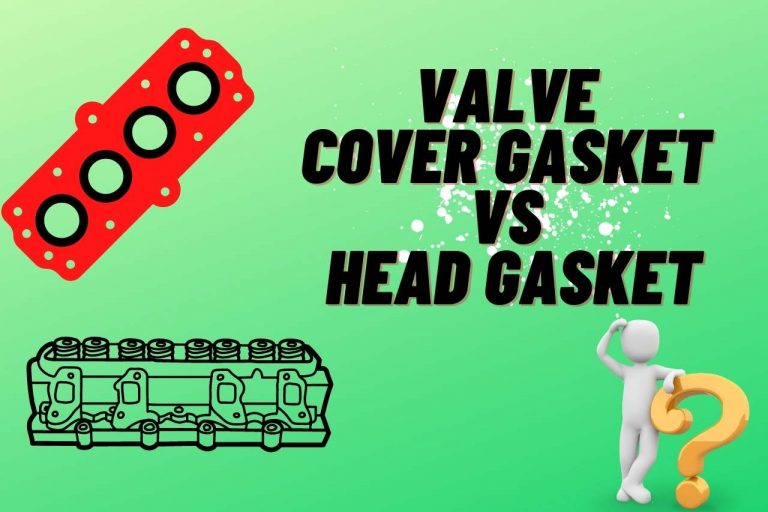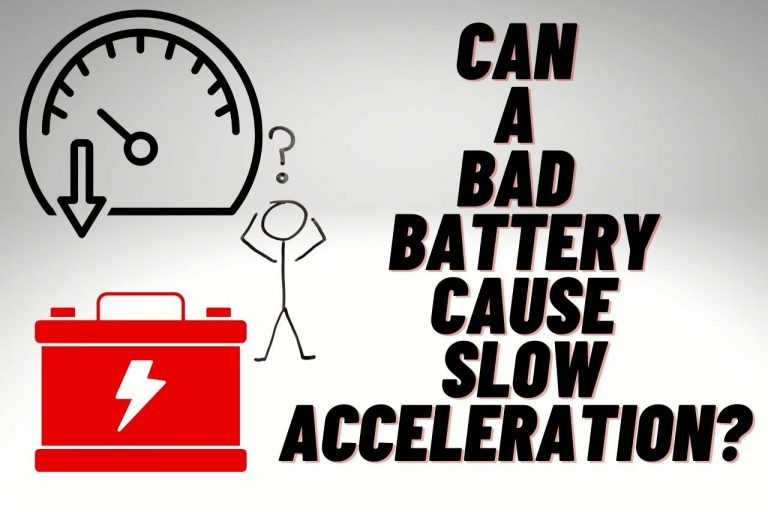What Happens If you Don’t Relearn Crankshaft Position Sensor?
The engine crankshaft’s location and rate of rotation get determined by the crankshaft position sensor. The need for a crankshaft position sensor replacement may arise over time. Naturally, if you’ve never changed the crankshaft sensor on your automobile, you might be unsure of what to do next. So you might be thinking about that what happens if you don’t relearn crankshaft position sensor? You need to relearn or reset the sensor once it has gotten replaced. You might run into many issues if you don’t install it correctly and reset it after changing it. You’ll be taught in-depth instructions on performing these two tasks by reading the article. Let’s get started without further ado!
What is a Crankshaft Position Sensor?
Simply put, the crankshaft of your car’s engine is a rod that passes through the center of each piston. Additionally, it contains sizable gears at either end that aid in turning the driveshafts that are attached to the wheels.
The crankshaft position sensor keeps track of the crankshaft’s location and rate of rotation. It accomplishes this by communicating with the engine control unit (ECU), and the ECU uses this information to control fuel injection and ignition timing.
How Does It Work?
The ignition system includes the crankshaft position sensor. It sits on an engine up front, close to the crankshaft pulley. As the crankshaft revolves, a reluctor or toothed wheel attached to the sensor passes over it. The ECU receives an electrical signal as a result of this.
The ECU uses this signal to establish the crankshaft’s position, which establishes each piston’s location. Additionally, the engine speed gets calculated using it. The timing of the ignition is then adjusted using this information to ensure that each spark plug ignites at the proper time.
What is Crankshaft Relearning?
So before understanding what happens if you don’t relearn crankshaft position sensor, you should understand what crankshaft relearning is. Crankshaft relearning is often defined as reprogramming, recalibrating, or re-engineering an engine. After an engine has been tampered with, these steps are conducted in advance to ensure the engine runs correctly. Or, when the vehicle’s engine has changed, a crankshaft relearning operation will get required.
This procedure needs to get carried out right soon, especially given that the operation of a car’s engine is similar to that of the human heart. For instance, a car would effectively be rendered useless without its engine. This reprogramming is thus necessary to ensure that the engine will operate correctly once it has gotten replaced or altered.
What Happens If you Don’t Relearn Crankshaft Position Sensor? – Explained
So, what happens if you don’t relearn crankshaft position sensor? The following are the consequences:
- The Car Won’t Start: The ECU is impacted by not relearning the crankshaft position sensor because it depends on it for some calming power. The ECU controls a car’s ignition; therefore, if something goes wrong, the ignition will also be compromised and won’t start.
- The ECU’s malfunction may send erroneous signals to the automobile, which may also lead the engine to malfunction. The automobile may explode when an improper signal gets provided to it, in addition to not starting.
- Acceleration Disorder: If the crankshaft position sensor get retrained, there may be an unpredictable rise or reduction in acceleration. The crankshaft becomes unreliable if the crankshaft sensor gets not relearned, and this unreliability might cause you to lose control of the car’s acceleration.
What are the Benefits Of Relearning Crankshaft Position Sensor?
Here are two advantages you can get from relearning a crankshaft position sensor.
Your ECU signals will ensure the car ignites properly by re-engineering the engine once it has been tampered with. Unexpected ignition timing issues won’t startle the driver. In essence, this new beginning will guarantee that you can start your engine without experiencing any problems.
It may be highly expensive and time-consuming to repair or replace an engine in your car. It is especially true if you are unfamiliar with the engine and its parts, such as the crankshaft position sensor. You can resume driving with no interruptions if you know how to accurately reprogram or relearn the crankshaft position. You don’t have to be concerned about cars that won’t start or other problems that can make your car unusable.
How Long Does It Take to Relearn the Crankshaft Position Sensor
The scanner and the vehicle significantly impact how long it takes to retrain a crankshaft position sensor. No matter the car, relearning a crankshaft position sensor will take between 30 minutes and an hour.
The scanning process alone takes around 10 minutes when utilizing a scanner to retrain the crankshaft position sensor. You ought to finish in at least 30 minutes, scanner or not.
How To Relearn The Crankshaft Position?
The crankshaft relearning procedure often varies from one automobile model to the next. The processes are generally not very challenging. If you decide to do this, you should consult a reputable car repair shop to handle the re-engineering job.
- Connect the sensor scanner to your car’s ignition. Turn on the ignition of the vehicle without starting it.
- Select your car’s model and type after selecting the vehicle type on the scanner.
- Before selecting the control unit, choose the diagnostics function.
- The engine module of your choice. When a range of options gets displayed, choose “special function.”
- Select “can crank relearn” from the special functions category.
- Select “ok to relearn” when you reach the crank relearn section.
- Fire up the engine.
Final Thought
The ECU cannot locate the crankshaft if the crankshaft position sensor gets not relearned. It may result in several problems, such as difficulty starting, stalling, and stumbling. Furthermore, you can have worse acceleration problems and potential engine damage due to the ECU’s incorrectly delivered signals.
In a number of circumstances, such as when changing the ECU, transmission, or even the battery, you might need to refresh your memory on the crankshaft position. The process is often made simple to follow when using an OBD-II scanner.
You May Also Like
- Can a Bad Battery Cause Slow Acceleration? – Guide
- What Happens If You Disconnect Throttle Position Sensor?



![How Long Does a Tire Alignment Take? [The Best Guidance]](https://www.addictscar.com/wp-content/uploads/2023/02/How-Long-Does-a-Tire-Alignment-Take-768x524.jpg)



